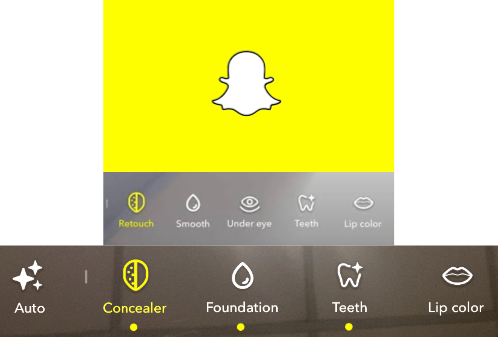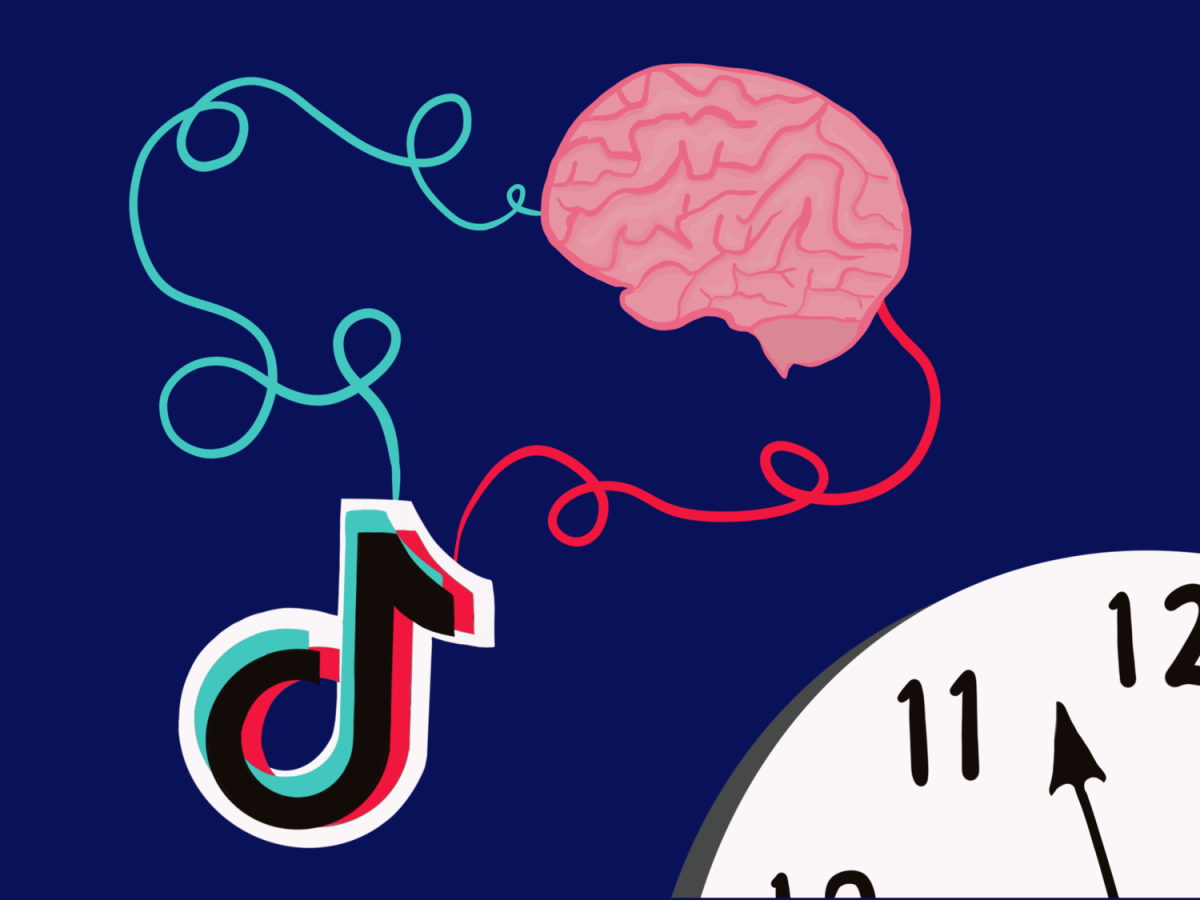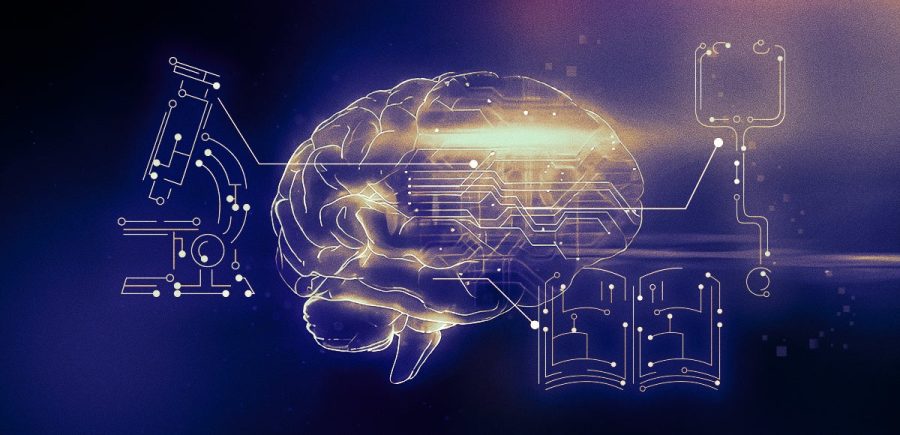
Critical thinking skills are used less and less as students take the easy way out of doing work by asking Artificial Intelligence (AI) to do their assignments.
AI is neither creative nor original. Chat GPT, along with other websites, are easily accessed by students. With a few clicks, a student can generate a paper, solve a math problem, or even craft a persuasive essay, all without lifting a finger. This has led to a growing reliance on technology rather than developing critical thinking and problem-solving skills.
The impact of this trend goes beyond just academic performance. While AI may provide quick results and answers, it often fails to cultivate deeper learning. Students miss out on the valuable process of organizing their thoughts, analyzing information, and applying their knowledge to real-world scenarios. Instead of engaging with the material taught and making connections, they consume ready-made answers.
Furthermore, there’s a danger of students becoming overly dependent on technology. In a classroom where AI is used to ‘complete’ assignments, students lose the opportunity to develop the creativity, and independent thoughts necessary to succeed in their future careers. Critical thinking is not only about answering questions correctly – it’s about analyzing information and making decisions based on evidence.
While some may argue that AI can be a helpful tool for brainstorming or assisting with research, the excessive use of these technologies compromises the learning process. When a student asks AI to write an essay on a historical event or analyze a piece of literature, they miss out on the chance to formulate their own arguments, build reasoning skills, and engage with the material in a meaningful way.
Some educators are already taking steps to address the problem. One solution has been to shift towards more collaborative, hands-on learning experiences that encourage deeper engagement and creativity.
The challenge, now, is for both students and educators to find a way to embrace technology without sacrificing the critical skills that are essential for long-term success. After all, technology is meant to enhance learning, not replace the core values of education that help individuals think for themselves.








